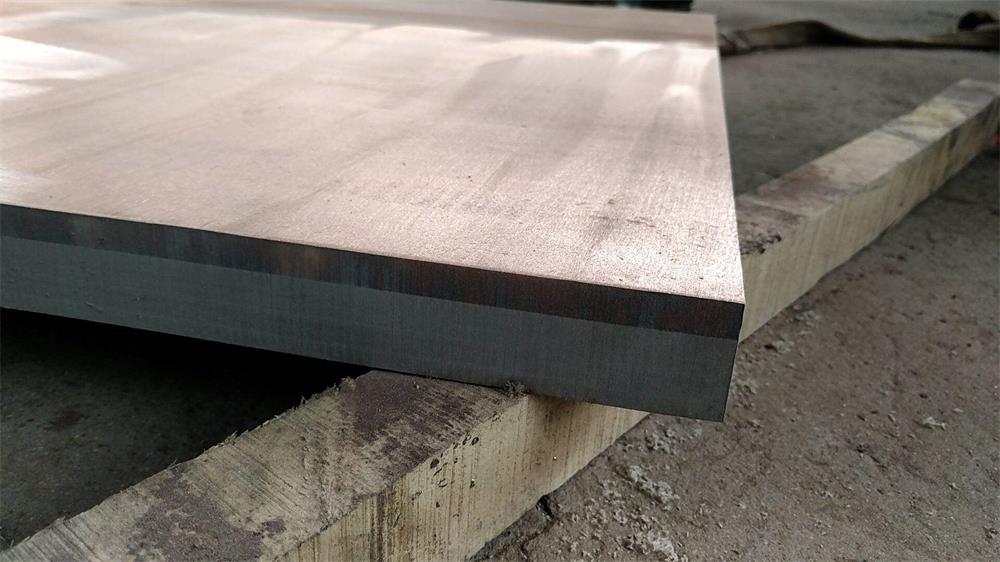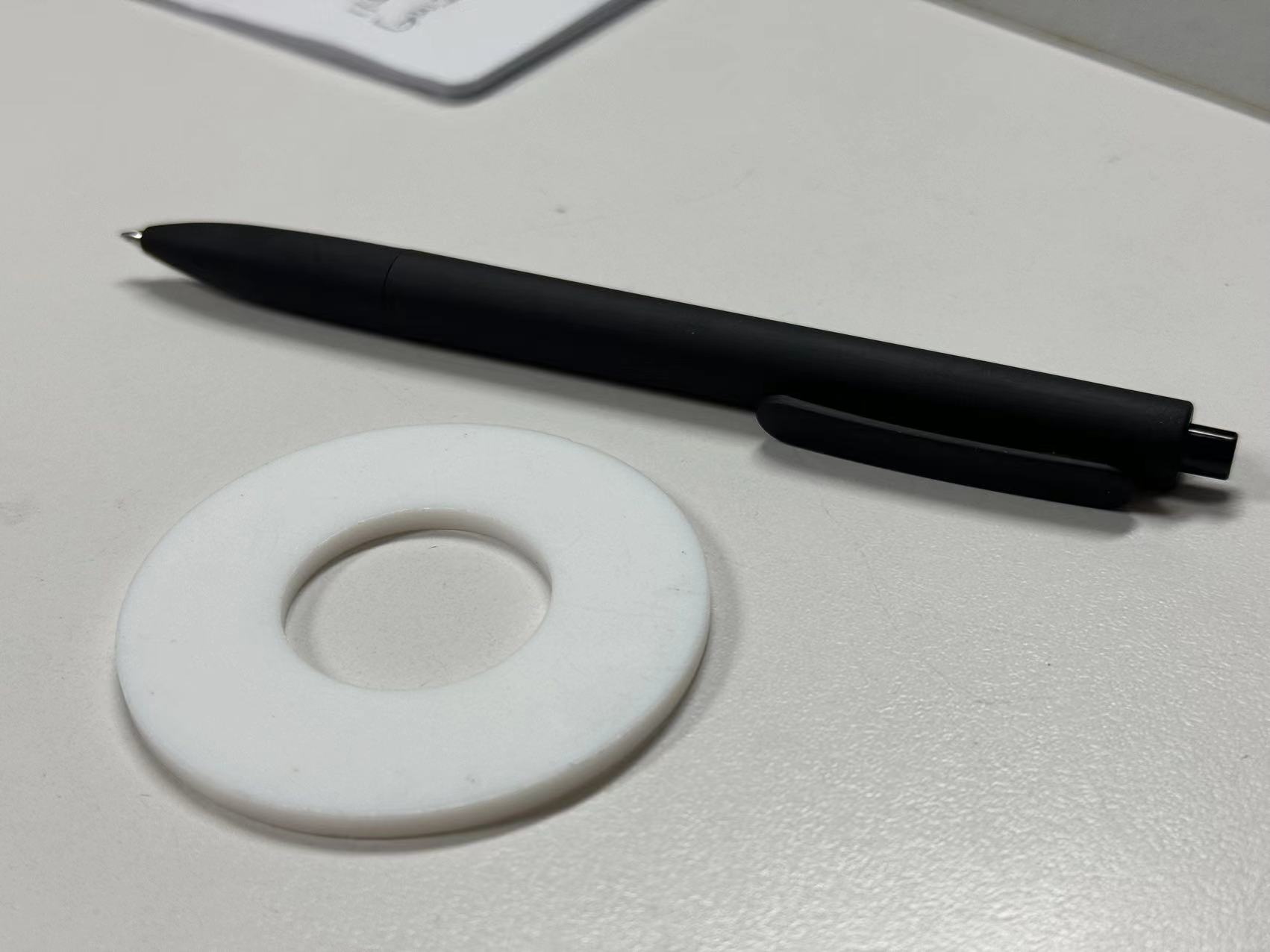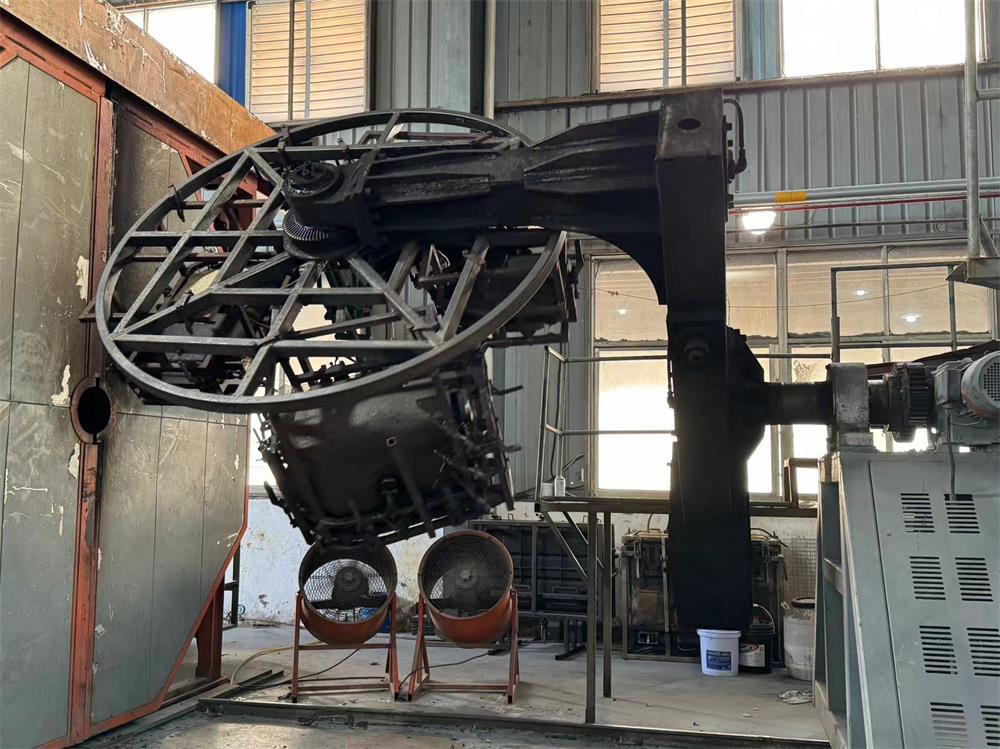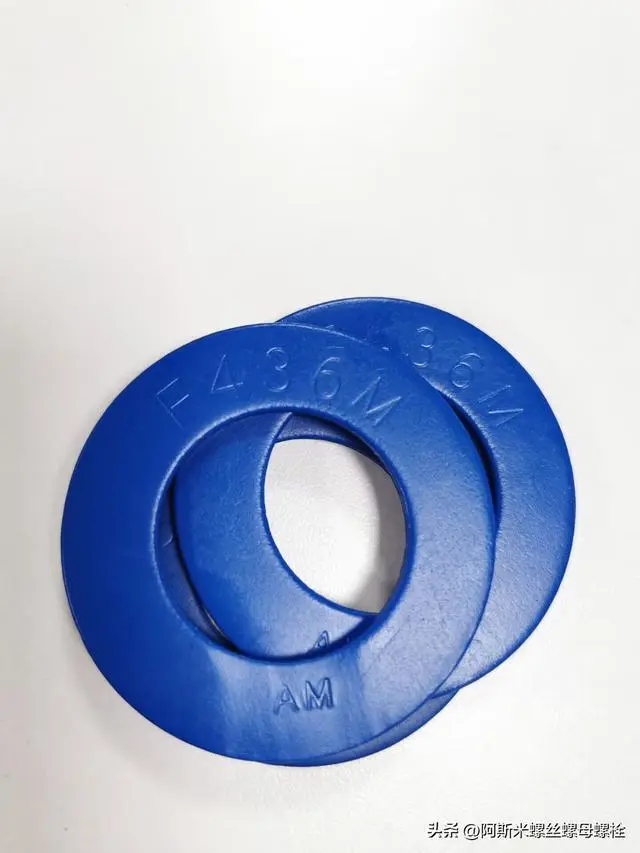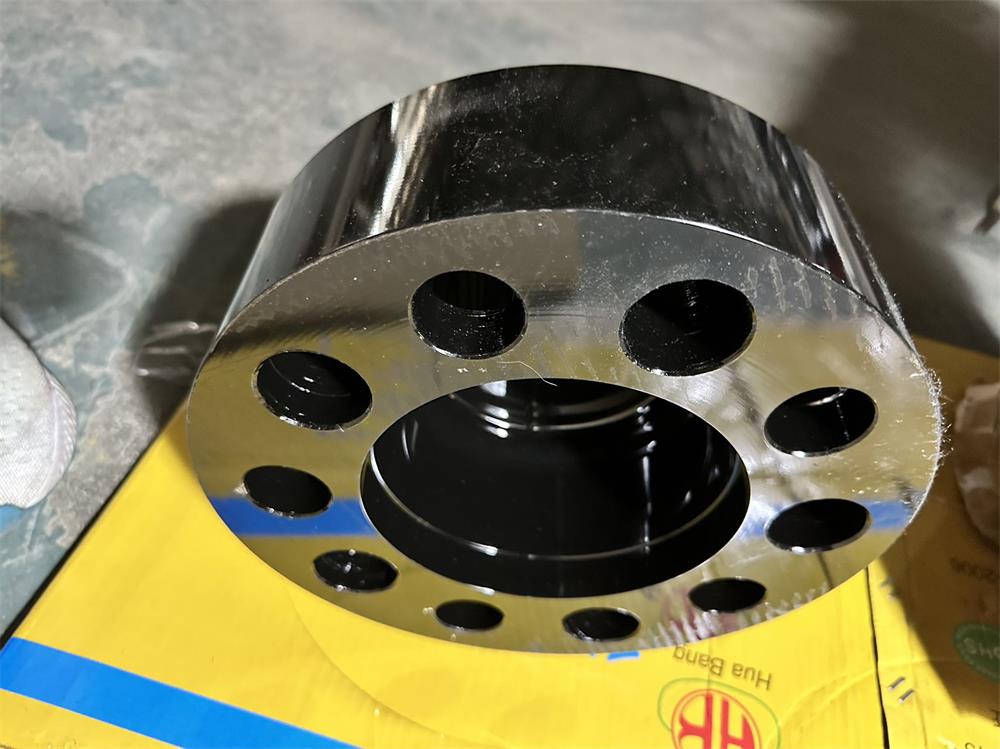One of my clients sent me a drawing for our fabrication. The material is A36+316L, and the 316L surface material thickness should be at least one inch.
Yes, the steel plate can be a composite structure with A36 carbon steel at the bottom and stainless steel at the surface.
Advantages of combination of two materials
- A36 carbon steel: has good strength and toughness, is suitable for bearing structural loads, and has a low cost.
- Stainless steel 316L: Has excellent corrosion resistance and aesthetics, suitable for exposure to corrosive environments or occasions requiring appearance requirements.
Manufacturing method
Explosion welding: The two metals are tightly combined by explosive force.
Hot rolling composite: The two materials are pressed together by rolling at a high temperature.
Overlay welding: Overlay A36 carbon steel on the surface of stainless steel.
Application scenarios
Chemical equipment: Containers and pipelines that require corrosion resistance and strength.
Architectural decoration: Structures that require both strength and appearance.
Shipbuilding: The hull needs to be corrosion-resistant while maintaining structural strength.
Notes
Welding process: The welding quality of the two materials must be ensured.
Thermal expansion difference: The difference in thermal expansion coefficients of the two materials must be considered to avoid stress problems.
Cost: Stainless steel is relatively expensive, and economic considerations must be made comprehensively.
This composite steel plate can have significant advantages in specific applications.

